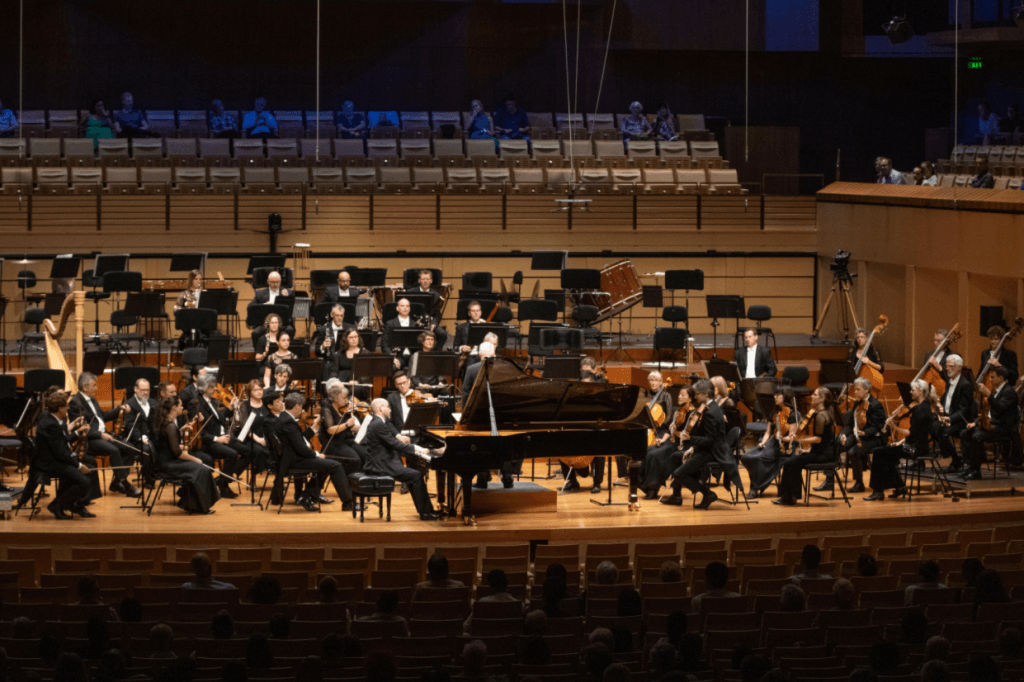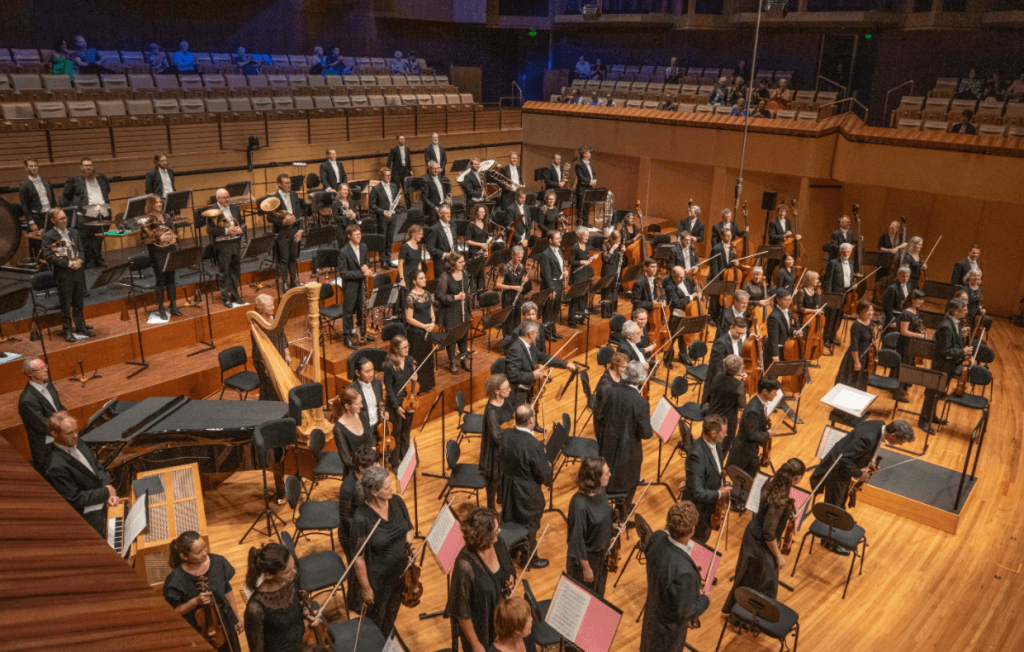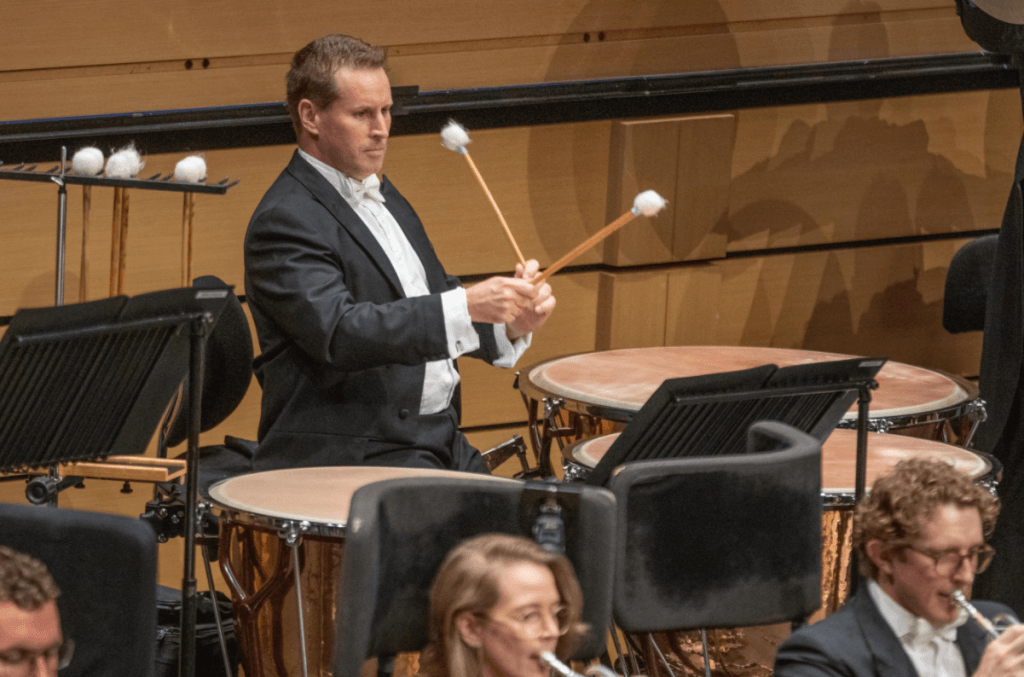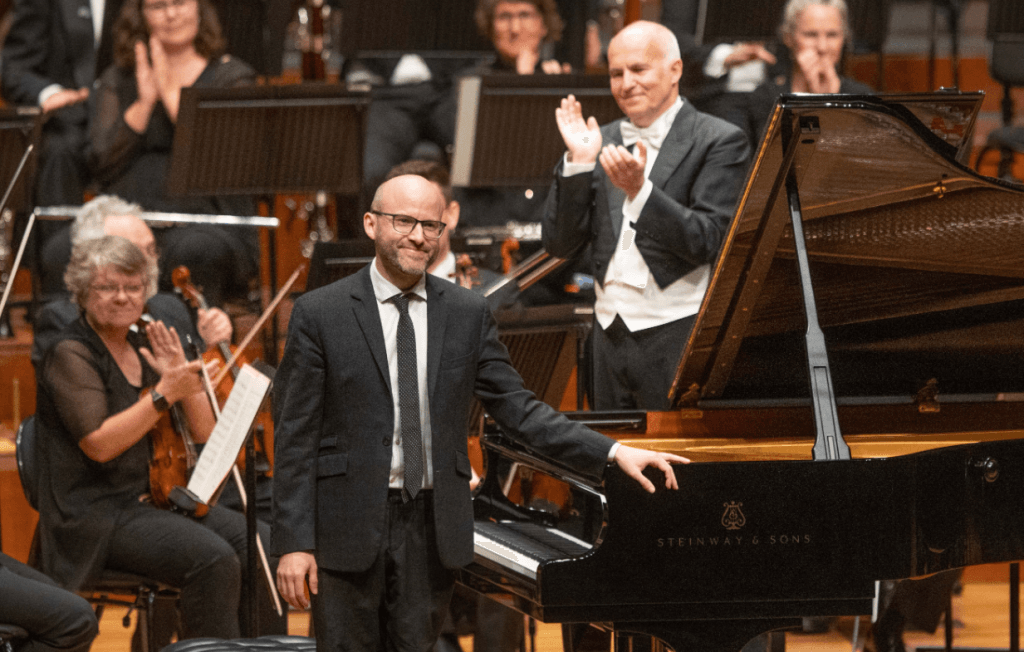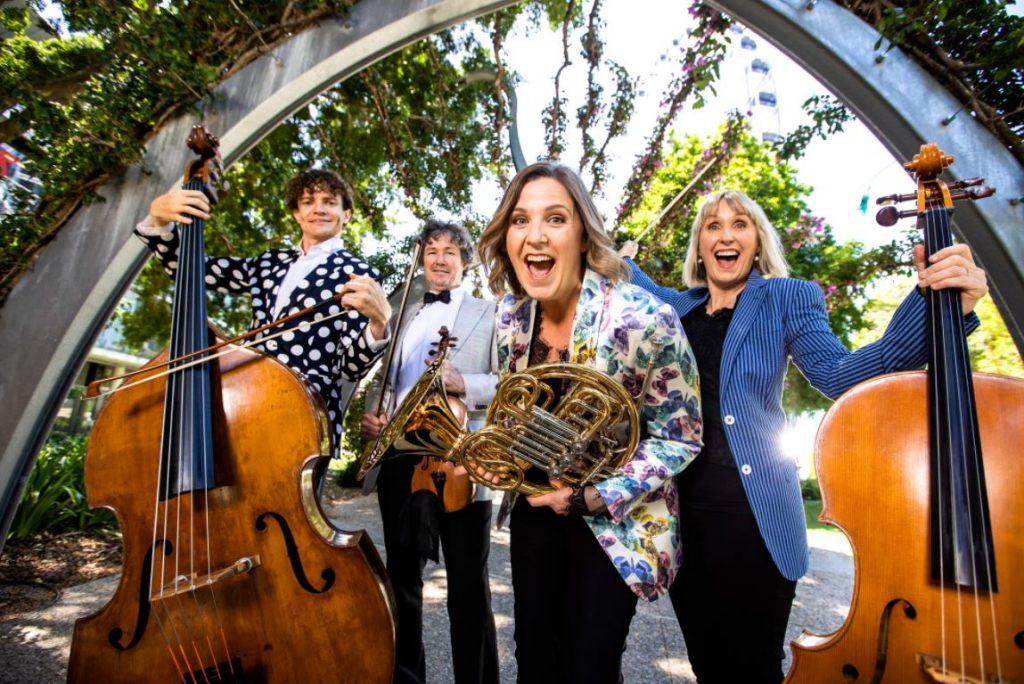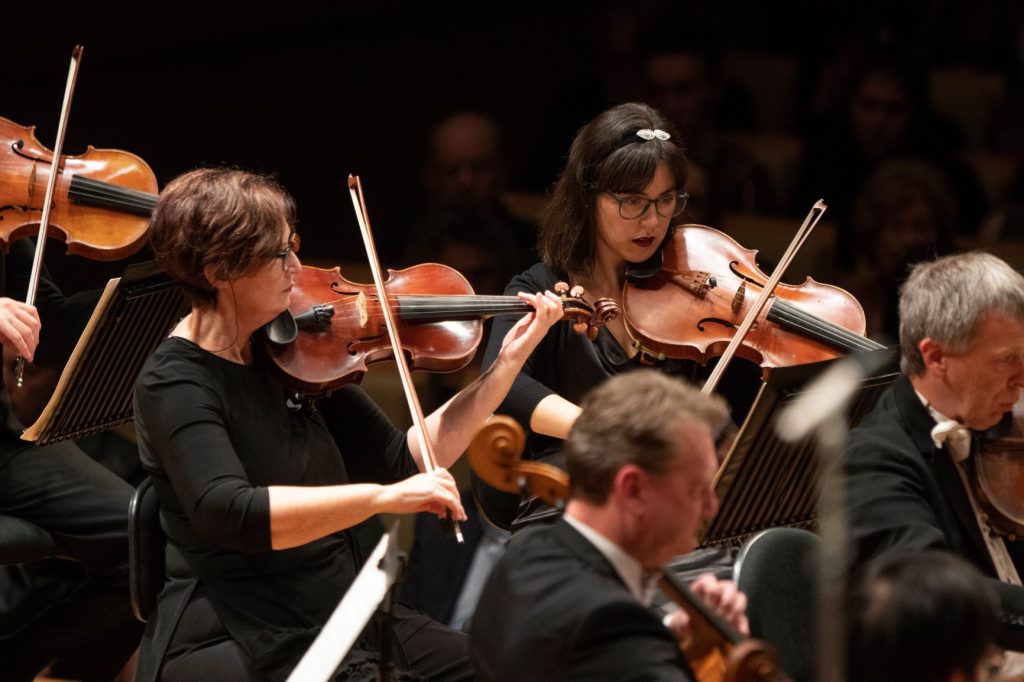
‘Beethoven’s Emperor’ // Queensland Symphony Orchestra
‘Beethoven’s Emperor’ was magnificent.
Audiences were given the chance to experience the greats of classical composition on Saturday at the socially distanced performance of ‘Beethoven’s Emperor’ from Queensland Symphony Orchestra. With internationally renowned conductor Johannes Fritzsch at the helm of the 92-strong symphonic orchestra, the hour-long program meandered through pine tree forests, the songs of a nightingale, and a piano score that had audiences enthralled.
Queensland Symphony Orchestra was established as Queensland’s first full-time Symphonic Orchestra in 1947 under the masterful direction of George Sampson. The professional organisation, now employing over 90 musicians, aims to bring accessible music that caters to a variety of tastes. With everything from ‘Star Wars’, Animal Menageries and Beethoven, Queensland Symphony Orchestra have engaged Brisbane audiences since their conception 73 years ago.
The orchestra’s most recent performance, ‘Beethoven’s Emperor’ continued the company’s legacy in a brief but rich tapestry of musical mastery. The matinee performance was made up of two acts showcasing the work of both Ludwig van Beethoven in his ‘Piano Concerto No.5 in E flat, Op.73 (Emperor)’ and Ottorino Respighi in ‘Pines of Rome (Pini di Roma)’. The works contrasted significantly in style and mood, however, the brief intermission gave audiences a chance to recentre themselves in preparation for the next composer.
Beethoven’s famous ‘Piano Concerto No.5 in E flat’ was heroic and complex in its presentation. Skillfully led by pianist Daniel de Borah, the concerto moves between the bold key of E flat into B major, then returns to E flat for a finale of epic proportions. Historically, the piano did not have the same number of octaves or range and therefore Beethoven’s previous concertos were not able to fully utilise the breadth of feeling the instrument is now capable of. Concerto No.5 is well known for fully exploring the depths and heights of the newly reinvented piano.
Brisbane audiences were able to fully appreciate the grand piano under the masterful hand of Borah, who played the entire concerto without the aid of sheet music. Despite the fact that the piano was the primary soloist within this concerto, the rest of the orchestra provided context and wove together to form the tapestry of Beethoven’s music. There was playful to and fro between the orchestra and piano, with the act culminating in fortissimo, and all sections of the orchestra joining together. Borah was greeted with a standing ovation from the appreciative audience and was met with equal jubilation from his first to his third encore bow.
Anticipation built as the Concert Hall’s iconic organ was illuminated in preparation for Respighi’s four-movement piece, ‘Pines of Rome’. Andrej Kouznetsov took his place at the mammoth instrument and the audience hummed as the orchestra reshuffled their seats within the brief intermission.
Respighi saw his first major compositional success in his symphonic poem, ‘Fountains of Rome’ which acted as a template for his multifaceted composition, ‘Pines of Rome’. The composition is sectioned into four parts, with each section transporting the audience to a different part of the city. The piece begins in the Villa Borghese, travels to a catacomb, and then winds its way to the Janiculum and the Appian Way. Throughout the entire composition, the movement of pine trees can be heard through the melodic lines and the particular utilisation of the wind section of the orchestra.
Queensland Symphony Orchestra’s rendition of this iconic work was a sensory experience that transcended mere sound. The considerable feeling and emotion that the musicians exuded from the piece significantly impacted the audience and allowed the performance to move beyond skilful composition. A particularly notable moment was the use of the nightingale within the ‘Pine Trees of the Janiculum’. This sound effect was not created by an instrument, but rather a pre-recorded soundtrack that sat over the top of the orchestra. While a simple sound effect may not be particularly groundbreaking in this day and age, Respighi was the first to use a pre-recorded element in a composition.
The final section depicts the rising of the sun, heralding a new day. The music is epic, full and joyous as the entire orchestra joins together in celebration. At the very top of the stage, trumpets and trombones lined the balcony alongside the organ. This positioning allowed for the acoustics of the Concert Hall to carry their sound above the rest of the orchestra, creating a jubilant effect that pushed audiences back into their seats. The conclusion of Respighi’s composition saw a second standing ovation from some of the appreciative audience members and thunderous applause.
There is nothing quite like sitting in front of a 90+ piece orchestra and listening to the music of some of the greatest composers who have ever lived. Despite the challenges that have arisen this year, Queensland Symphony Orchestra continues to provide world-class musical performances to Brisbane audiences. As they wind up the 2020 season, be sure to subscribe to their newsletter and keep an eye on their events page to see how you can get involved in the coming year.
‘Beethoven’s Emperor’ performed for a limited season. Be sure to keep an eye on the Queensland Symphony Orchestra website for upcoming events.




